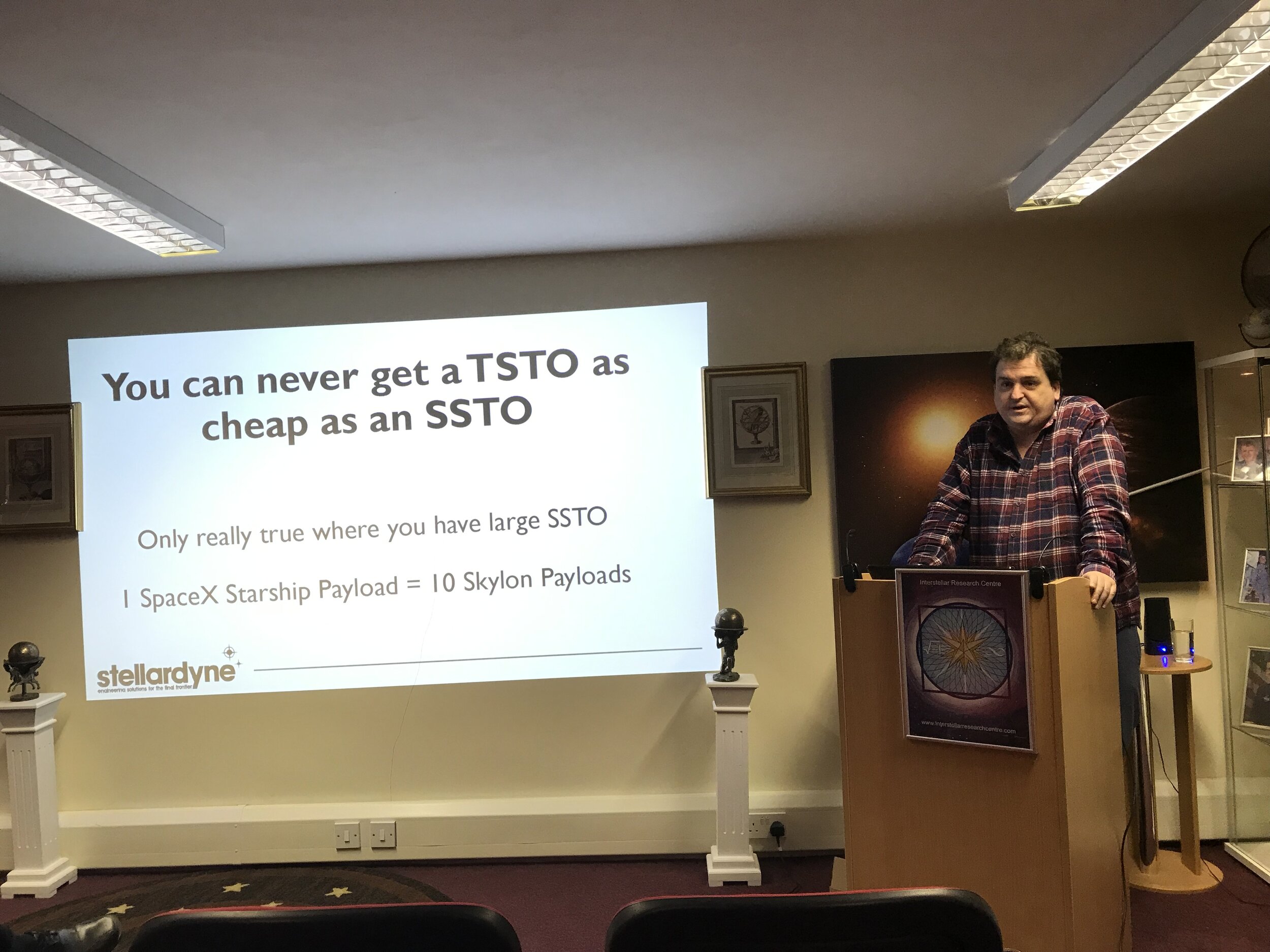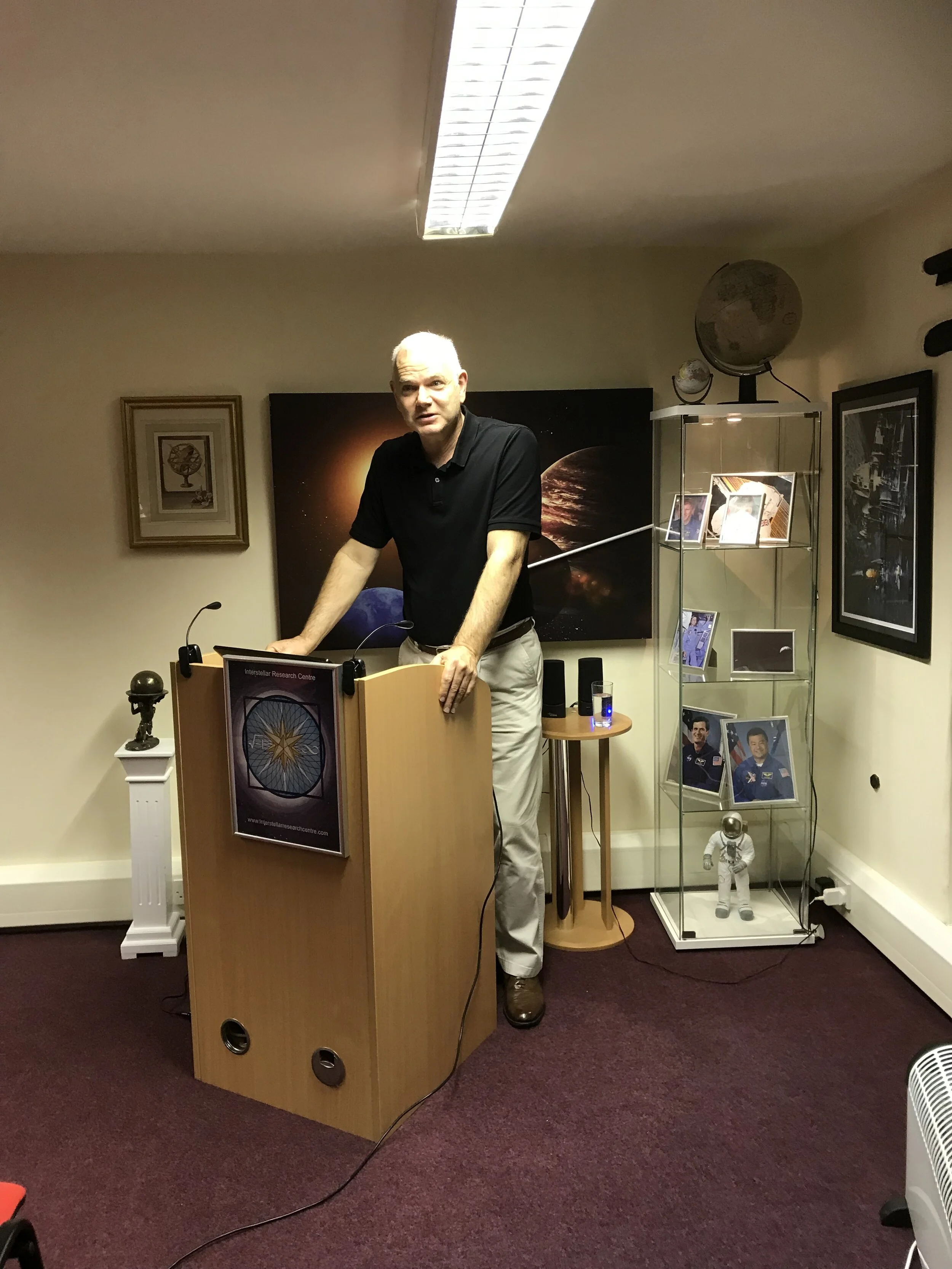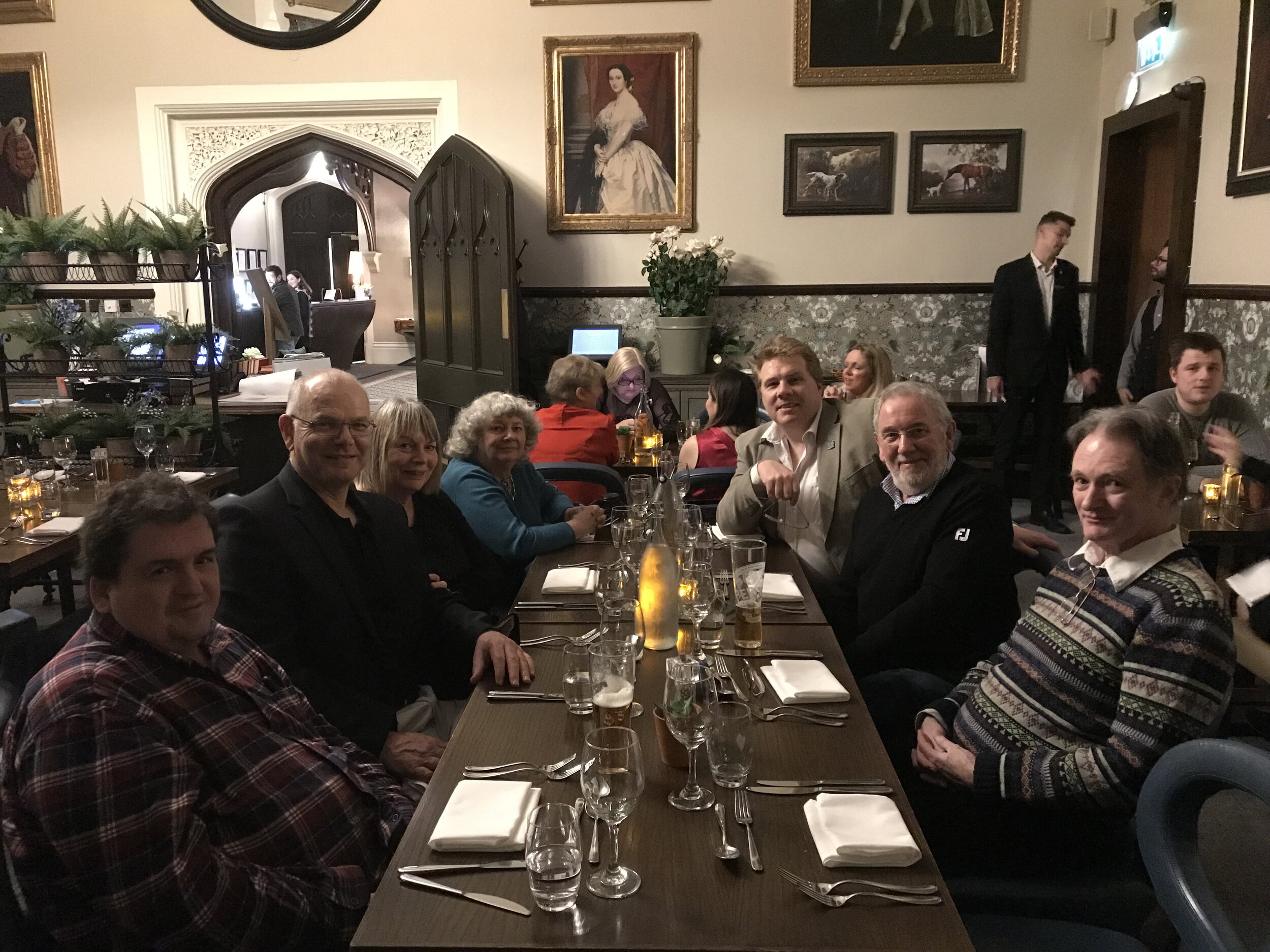On Saturday 23rd November the Interstellar Research Centre played host to a symposium titled ‘Becoming An Interplanetary and Interstellar Civilisation: The Key Geopolitical, Economic and Commercial Considerations’. This was held at the main headquarters in Gloucestershire.
The 1920s and 1930s saw a surge of interest in the exploration of space in Europe and in the United States. This then eventually led to the advent of the space age in the 1950s and 1960s between the United States and the then Soviet Union. Since then we have witnessed space stations in Earth orbit, boots on the lunar soil and interplanetary probes visiting all of the planets of our Solar System. We have also seen the launch of the Voyager probes in 1977 which have now left our Solar System.
Fast forwarding to the early 21st Century, and we are now living in an age where there is a renewal of interest in sending humans back to the Moon and also a refocussing of long-term efforts towards landings on the planet Mars. In addition, we have seen new nations enter the activity of exploring space, including China and India, and the opening up of space to commercial ventures, to include asteroid mining operations and space tourism. Significant efforts have also been expended in reducing the cost to LEO, by using technology such as Single Stage to Orbit, or reusable rockets such as the SpaceX Falcon 9 or Blue Origins New Glenn. Both companies are also now looking at much larger launch vehicles, with the SpaceX Falcon Heavy which would transport 25 tons to LEO and the two-stage Blue Origin which would transport 45 tons to LEO. The US Space Agency NASA is also pursuing its Space Launch Vehicle (SLS) with a payload capacity to LEO of around 95 tons.
Also in the Commercial sector, the Breakthrough Initiatives has launched Project Starshot, and has allocated $100 million of funding to investigate sending a Gram-scale probe towards another star in the next two decades. Other activities including the announcement in the United States of the Formation of a Space Force and also the passing of the Space Act into Law in 2015 which will permit companies to mine asteroids and own those resources. It is also clear that the 1967 Outer Space Treaty does not cover all of these issues and is in need of revision. Although historically NASA has not had an interstellar focus, in 2017 the US House of Representatives under the Chairman in charge of NASA appropriations, John Culberson did pass a bill mandating NASA to look at the problem of an interstellar mission to be launched by the year 2069, a century after the first landing of people on the Moon. That has led to a Johns Hopkins Applied Physics Laboratory study for a 1,000 AU probe that may be launched around 2030.
What does all this mean for the future of human kind in space? How will nations co-operate together or even compete? How do we avoid conflicts in the future? How do we use space resources to improve the well-being of human civilisation and create prosperity for all? What are the critical bottlenecks for success and failure? Finally, what does this all mean for our ability to transition from an interplanetary species to one that goes on to colonise the space around other stars – the ultimate goal of interstellar exploration?
Dr David Baker
To discuss these issues and more, we invited Dr David Baker to present a lecture, and to participate in an interactive meeting where all those attending to discuss these issues further. Dr Baker is a distinguished British Scientist who worked on the NASA Gemini, Apollo and Space Shuttle programs between 1965 and 1984. He is an independent space consultant and also works as a journalist and prolific author. He has published thousands of articles and over a hundred books and has taking part in numerous radio and television documentaries. He is the Editor of the British Interplanetary Society magazine Spaceflight.
One of the astonishing facts to come out of David’s presentation was the claim that for every $20 billion that the US Congress invests in space (the NASA budget) there is a return of around $200 billion. He also said that in 1969, 80% of scientists worked for the government on research and development, but in 2019 only 15% did, so we have moved to a dividend driven research. In addition, back in 1969, 85% of space money was from government but by 2019 it is only 15% and some 70% is driven by profit boost in the telecoms industries and others. Overall, the worldwide space expenditure was around $450 billion, and the tax paid by space companies more than pays for the amount governments spend on space. He also said that 60% of the global economy was dependent on space.
There was then four short talks given by different people. Kelvin F Long spoke about co-operation versus competition in the pursuit of space and talked about the pros and cons. Rob Swinney discussed non-profit (or not-for-profit) versus for-profit models for companies in space activities and again contrasted the benefits and disadvantages of both. Stephen Ashworth spoke about industrialisation versus sustainability in space and argued that fundamentally the only way to become sustainable is to firstly demonstrate such habitats on the Earth first. Richard Osborne spoke about Single Stage To Orbit, Two Stage To Orbit launches versus conventional and reusable rockets and which was the best approach to pursuing the construction of large space architecture such as a space station or world ship; he favoured TSTO. The participating members then enjoyed a long discussion on all the issues which included scientific-technical, political-economic, social-cultural and religious-philosophical. The participants then retired for dinner and continued the discussions.
Stephen Ashworth
Richard Osborne
Rob Swinney
Some of the participating members at the after event dinner, De Vere Hotel, Tortworth Court





